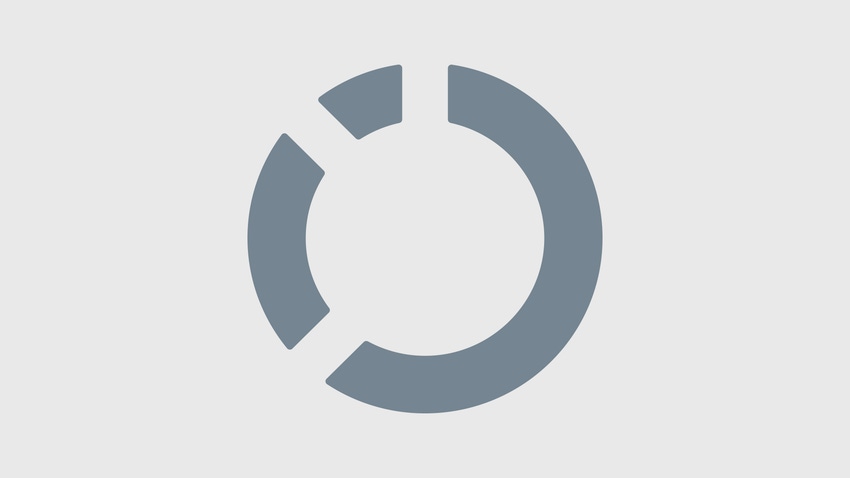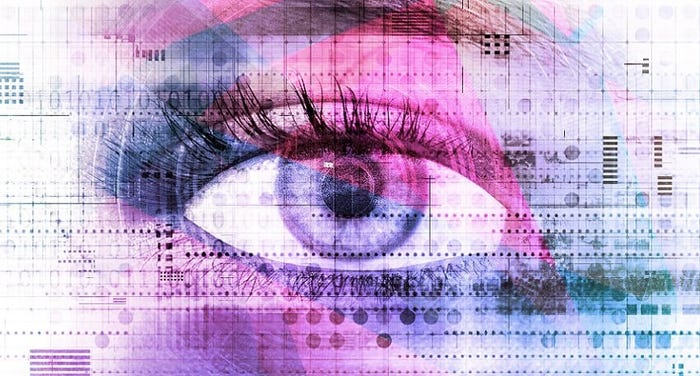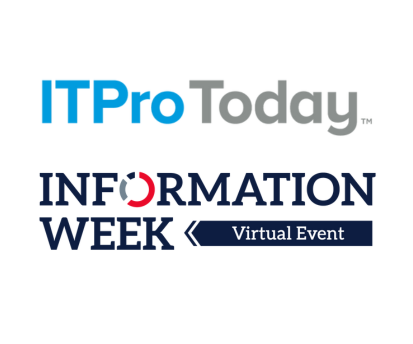IBM Develops 100,000 DPI Printing
Researchers make print particles about 100 times smaller than a human red blood cell to help make next-generation computer chips or money harder to counterfeit.

Scientists at IBM Research in Zurich, Switzerland, have come up with a way to print particles as small as 60 nanometers, about 100 times smaller than a human red blood cell.
Working in conjunction with the Swiss Federal Institute of Technology, ETH Zurich, the researchers expect their work will contribute to the development of a variety of nanoscale devices such as medical biosensors, tiny lenses for optical chips, and nanowires for next-generation computer chips. The technique also could be used to make money harder to counterfeit.
In contrast to offset printing today, which operates at 1,500 DPI (dots per inch), this nanoscale printing method delivers 100,000 DPI, according to IBM.
The technique remains several years away from commercial availability. IBM expects it will allow companies to create nanostructures inside chips using high-volume manufacturing techniques.
"It's a relatively broad technique," said Tobias Kraus, an IBM researcher, who likened its flexibility to being able to print with different inks for different applications rather than having to design special devices for each nanoprinting application.
The technique is described in a paper entitled "Nanoparticle printing with single-particle resolution," which is scheduled to appear in the September issue of Nature Nanotechnology.
Whereas traditional printing techniques are stochastic, or random, in the way the ink is distributed within inked areas, the approach developed by Kraus, Laurent Malaquin, Heinz Schmid, Walter Riess, Nicholas D. Spencer, and Heiko Wolf offers price control over where nanoparticles are placed on the printing surface using "directed assembly."
"In contrast to conventional inking, directed assembly doesn't merely fill predefined structures with randomly dispersed pigment particles, but arranges nanoparticles at positions that are defined by the geometry of a template," the paper states.
For applications like creating nanowires, that kind of control is critical, explained Wolf. "The point is if you want to use these nanowires, you have to be sure you have them where you need them," he said. "This is where our method kicks in."
According to Kraus, this nanoprinting technique is three orders of magnitude more precise than conventional printing.
To demonstrate the new printing method, the researchers printed Robert Fludd's 17th-century image of the sun, the symbol for gold among alchemists, using 20,000 60-nm gold particles.
About the Author(s)
You May Also Like







